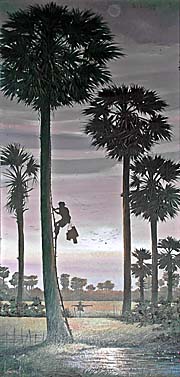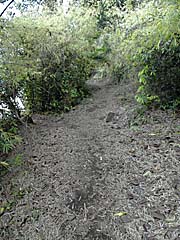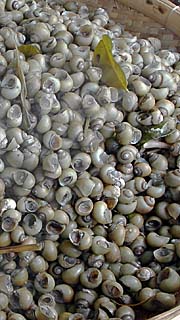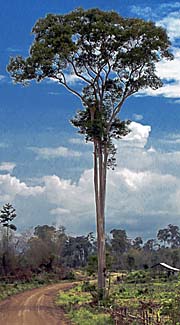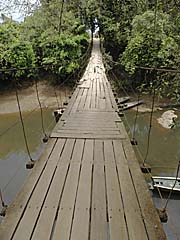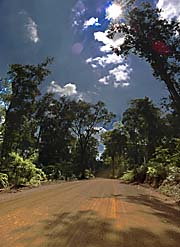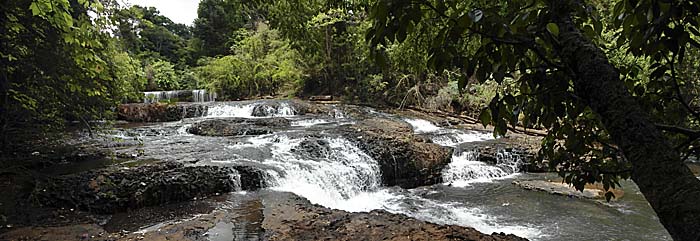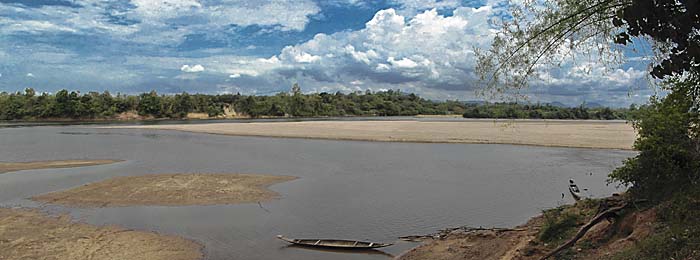1.
Ratanakiri
The northeastern province of Cambodia, bordering Vietnam and Laos is (or rather was? see below) widely covered with tropical rainforest. It is one of the last refuges of the Cambodian rain forests and for many animal species. Among them are wild elephants, gibbons and tigers who still live in the remotest parts of the jungle. The biodiversity here is among the richest in Southeast Asia.
Ratanakiri is not mountainous, rather coined by lowland rainforest and hills. Greater parts of it are under protection as the Lomphat Wildlife Sanctuary and the Virachey National Park. Alas, protection means little in reality. Illegal logging and hunting happens. Most of the illegal logging is done by Vietnamese loggers and the Cambodian military; the wood is then sold on Vietnamese markets.

Cho Ong Waterfall, one of the 'natural attractions' of Ratanakiri. At the end of the dry season it's merely dropping. Image by Asienreisender, 2013
It's also home for 21 different tribal people of the Khmer Loeu group. Famous for them are their graveyards. Unique wooden statues are erected at the graves. The graveyards are kind of 'taboo' and it is not advisable just to go there for a visit. It's better to speak with the village chief of the local people first and make an arrangement for a visit.
Ratanakiri Province is sparsely inhabited. The 150,000 people living here are only a bit more than 1% of the total Cambodian population. The region is among the lowest in terms of modern development, including health care, education, other infrastructure. 75% of the population are illiterate and according to statistics 23% of the children die before getting five years old. A greater part of the population has no access to clean freshwater.
Also famous are the zircon mines in Ratanakiri Province. The active mines are about 35km east of Ban Lung. Hundreds over hundreds of small holes are drilled some 12m deep into the ground to dig out the semi-precious stones. Ratanakiri is translatable to 'hill of the precious stones', and refers to these gem mines around Ban Lung.
Since the 1960s the cultivation of rubber happens here. In the last decades deforestration for the sake of rubber and cashewnut cultivation is going on in an increasing speed. The tropical rainforest in this part of Southeast Asia is therefore as much under threat as the remaining forests elsewhere.
The agricultural products are not primarily for the domestic market but 'cash crops' for export.

Remaining rainforest in the background, a slashed area in the foreground. Near the jungle road to Taveng. Image by Asienreisender, 2013
